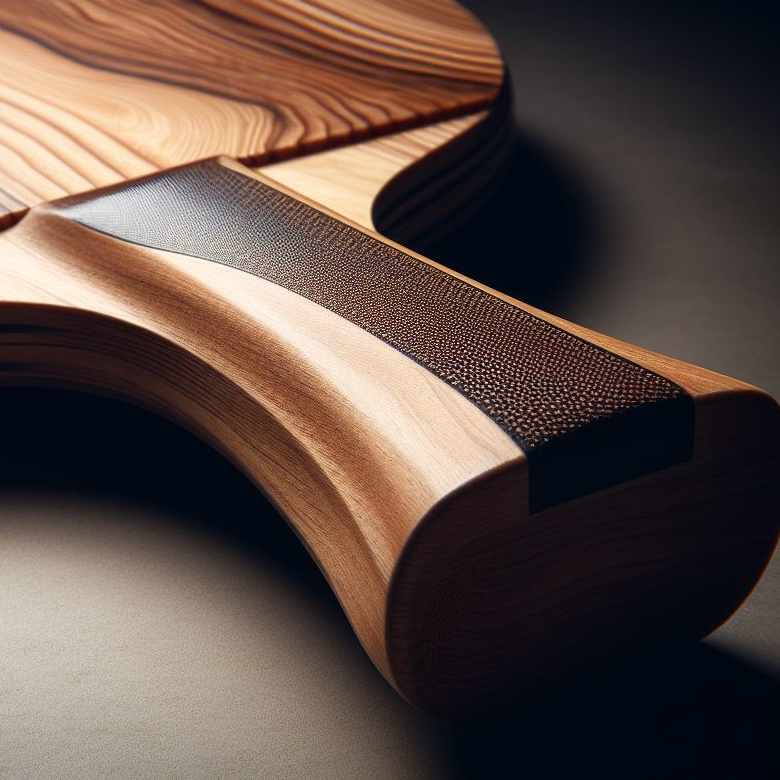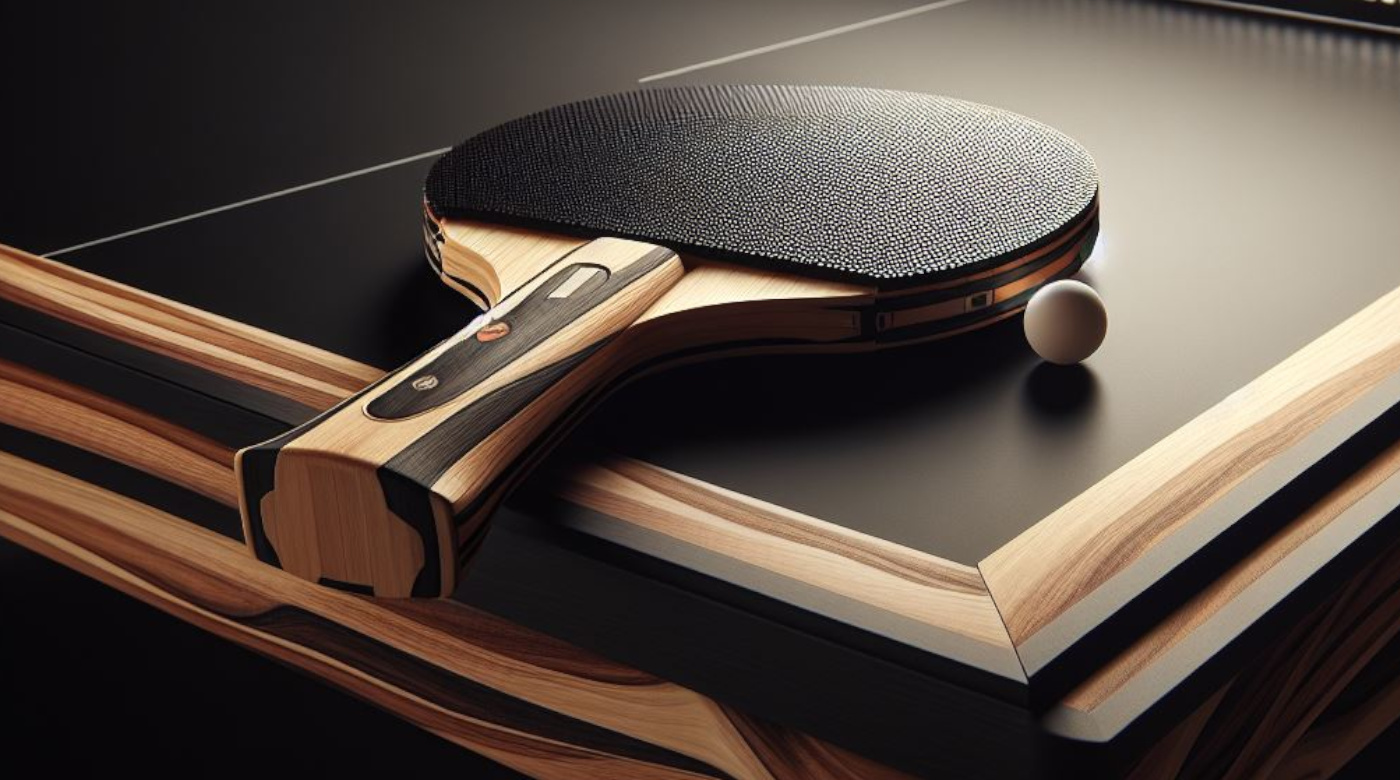Your cart is currently empty!
How to Attack a Defensive Table Tennis Player: Strategies and Tips
Facing a defensive player in table tennis can be a real challenge, as this type of player often excels at controlling and returning shots with great precision. However, with the right strategies, it is entirely possible to dominate these players. In this article, we present several approaches to effectively attack a defensive player and take control of the rally.
Vary Your Shots to Disrupt the Defender
Defensive players are generally very skilled at anticipating shots and controlling rallies. To disrupt them, it is essential to constantly vary your shots. Alternate between powerful topspins, quick hits, short and long balls. This variation prevents your opponent from settling into a comfortable defensive rhythm and forces them to make quick decisions.
Using different spins, such as lifted or chopped balls, is also an excellent strategy to constantly force the defender to adapt. An unpredictable game creates difficulties and increases the chances of your opponent making mistakes.
Place Your Shots Precisely
Defensive players often have a relatively static position on the table, and their strength lies in their ability to return shots consistently. To attack them effectively, you must force the defender to move. Aim for the corners of the table, especially the sidelines. Directing your shots to the uncovered or less accessible areas of the defensive player can force them to move quickly, increasing their chances of making a mistake.
Precise placement also allows you to bypass their defensive game, preventing them from focusing solely on returning shots. Variety in placement is crucial to disrupting their routine.
Use Depth to Push the Defender Back
Defensive players are often more comfortable when they are closer to the table, where they can react quickly to short balls. By playing deep shots and regularly sending long balls, you force them to retreat and reposition. This type of play puts them under pressure and can limit their ability to control the rally.
Deep shots do not allow the defensive player to stabilize easily, often forcing them to take more risks to counter-attack. This positioning can also create opportunities for follow-up with more incisive attacks.
Build the Rally and Don’t Rush
Defensive players are known for their patience. They often wait for their opponents’ mistakes before attacking, and they know how to prolong rallies. That’s why it’s crucial not to rush. Take the time to build the rally by varying rhythms and placements. The goal is to get your opponent out of their comfort zone and force them into an error.
Don’t be tempted to play overly risky shots. Be patient and wait for the right moment to strike an easier ball. Managing time and phases of attack is essential to breaking the defensive game.
Vary Spins to Disturb the Defender
Defensive players are often very well-prepared to handle chopped balls. To counter this, it’s important to introduce spin variations. Try playing lifted, side-spin, or even no-spin shots to throw them off balance.
Using different spins can not only alter the ball’s trajectory but also disrupt the defensive player’s decision-making process. For example, a no-spin ball can surprise the defender expecting a chopped spin, while a side-spin can force quick adjustments in positioning for a return.
Stay Positive and Don’t Get Frustrated
Rallies with a defensive player can be long and arduous. It’s essential to maintain a positive attitude throughout the match. Don’t let frustration take over if the defender manages to prolong rallies or return your shots impressively.
Be patient and focus on the next opportunity. Every rally is a chance to identify weaknesses in the defender’s game, so stay calm and keep working hard to build your attacks. Persistence is often key to breaking down a skilled defender’s game.
Conclusion: Adapt and Stay Flexible
Attacking a defensive table tennis player requires a combination of patience, precision, and strategy. By varying your shots, placing them cleverly, and using depth, you can gradually disrupt your opponent’s defense. Remember that adaptation is crucial: every defensive player is unique, and it’s essential to find the strategies that work best against them.
Finally, always maintain a positive attitude and be ready to adjust your game in response to the challenges you encounter on the table. With these strategies, you’ll be well-prepared to effectively attack a defensive player and increase your chances of success.
Vary Spins to Disturb the Defender
Defensive players are often very well-prepared to handle chopped balls. To counter this, it’s important to introduce spin variations. Try playing lifted, side-spin, or even no-spin shots to throw them off balance.
Using different spins can not only alter the ball’s trajectory but also disrupt the defensive player’s decision-making process. For example, a no-spin ball can surprise the defender expecting a chopped spin, while a side-spin can force quick adjustments in positioning for a return.
Stay Positive and Don’t Get Frustrated
Rallies with a defensive player can be long and arduous. It’s essential to maintain a positive attitude throughout the match. Don’t let frustration take over if the defender manages to prolong rallies or return your shots impressively.
Be patient and focus on the next opportunity. Every rally is a chance to identify weaknesses in the defender’s game, so stay calm and keep working hard to build your attacks. Persistence is often key to breaking down a skilled defender’s game.
Conclusion: Adapt and Stay Flexible
Attacking a defensive table tennis player requires a combination of patience, precision, and strategy. By varying your shots, placing them cleverly, and using depth, you can gradually disrupt your opponent’s defense. Remember that adaptation is crucial: every defensive player is unique, and it’s essential to find the strategies that work best against them.
Finally, always maintain a positive attitude and be ready to adjust your game in response to the challenges you encounter on the table. With these strategies, you’ll be well-prepared to effectively attack a defensive player and increase your chances of success.
Featured Image: “How to Attack a Defensive Table Tennis Player” by Mamba Blades
FEEL THE
DIFFERNECE…



